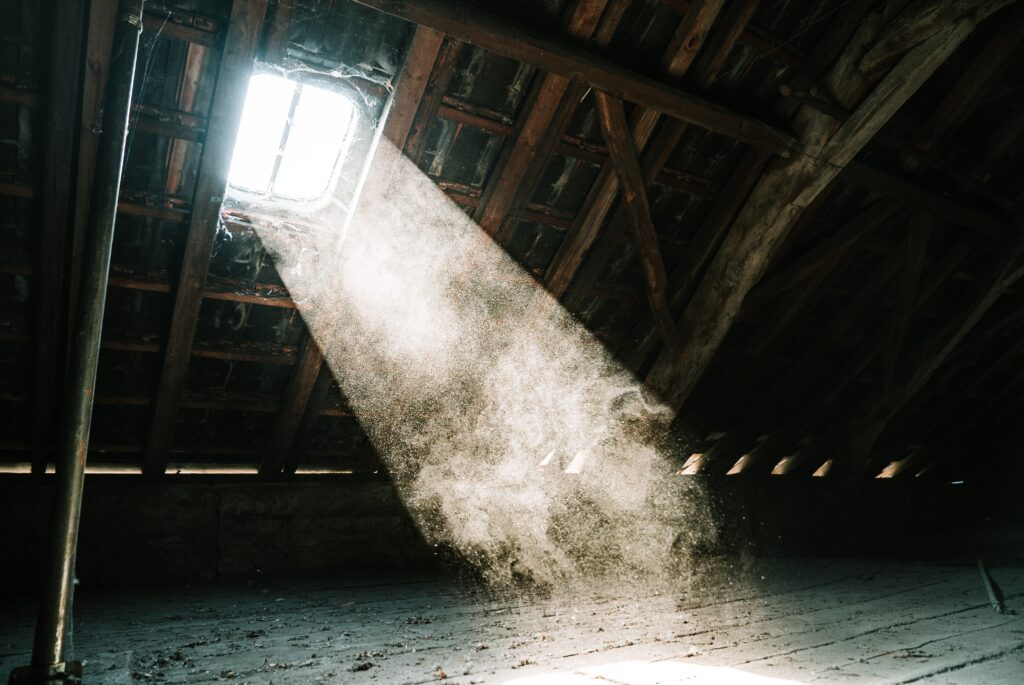Is Aerobarrier Sealant Toxic?
It wasn’t long ago when it was routine for homes to have high air leakage rates. But with the improvement of air sealing technology in the past couple of decades, we’re now seeing a new standard in plugging leaks.
New home construction and those that have undergone a significant renovation now enjoy low air leakage rates.
The traditional strategy for air sealing requires unfathomable labor and wasn’t even that effective. While large holes and gaps are easy to cover, the tiny cracks, some of which are almost impossible to see, are the ones that were impossible to address.
This led to an increase in air sealing cost. And the worst part of it is that there was no way to accurately measure the air leakage rate until the building is subjected to a comprehensive test.
Aerobarrier sealant Changes Everything
This revolutionary air sealing process puts the traditional method in obscurity through increased efficiency and reduced costs. Aerobarrier works by filling cracks and gaps as little as half an inch.
This aerosol sealant offers an entirely different system, effectively cutting the air sealing time from days to just a few hours.
Aerobarrier sealant uses a blower door to pressurize a building in as little time as possible and then following it up with automated sprayers to distribute the sealant.
Contractors fill the room with a fog-like substance. The acrylic sealant finds its way to the cracks, gaps, and air leakage pathways in the building envelope.
In just several minutes, the sealant accumulates and rests on the edges of the cracks and openings, thereby filling the gaps in the process. It’s also versatile enough to produce a particular level of air tightness in a building or house.
How Does Aerobarrier Sealant Works
Unlike other air sealing methods, Aerobarrier requires thorough and sometimes large-scale preparation.
The process begins by blocking the large hole under the tub, covering all open wall cavities, fireplaces, and caulking around wires and pipes. Any gap or hole that’s less than half an inch doesn’t need to be covered.
If Aerobarrier is applied to new construction, it must be at the point where the building is ready for pressurization. Typically, this happens after the drywall installation.
Although the sealant won’t adhere or build up on a vertical surface, it’s much better to cover large holes like duct registers, exhaust fans, and windows.
Not all builders are qualified to apply the Aerobarrier sealant. Aside from the required permit, there’s also a need for a sophisticated equipment setup to mix the acrylic sealant and install the blower door and pump.
Aerosol spray heads are a must; there’s no other way to distribute the sealant without them. The contractor uses a computer to control the whole process and monitor the air leakage.
Average-sized homes require about four to five hours to achieve a particular level of tightness.
Is There Toxic Material Involved?
Although the sealant used is cured, it doesn’t emit or produce any harmful or volatile organic substance inside the finished room or house.
Nevertheless, getting inside the room or building unprotected in the middle of the application is strongly discouraged. Anyone may experience breathing difficulties in the absence of a respirator that covers the whole face.
There also must be an outside air supply to prevent the risk of breathing the aerosol in.
Aerobarrier is certified for low toxicity; it doesn’t contain Red List components and is described as an ultra-low VOC.; it is designed for safe use inside a living space, regardless of size.
The Aerobarrier Edge
A building project that requires air sealing will benefit from Aerobarrier in more ways than any other method. It doesn’t disrupt the normal flow of construction and won’t require an additional workforce.
Although gross preparation and sealing are still required, the entire project is assigned to a local contractor who gets it done within the day. In the old days of air sealing, every stage of the construction project required air sealing, and there was no way of knowing the level of air tightness until the completion of the building.
Aerobarrier sealant isn’t exclusive to new construction. Homeowners can now invest in air sealing technology without major demolition.
This modern air sealing technique aims to achieve a greater level of air tightness on an existing building or home without doing any “necessary” damage to it. In fact, the process is pretty much like painting the interior using a sprayer.
The only inconveniences are covering the windows, large holes, and moving the furniture.
How Much Does It Cost?
Local contractors must obtain a license to offer Aerobarrier sealant to their clients. Once they get that license, they set their prices.
Hence, two contractors may offer different prices for the same Aerobarrier sealant application. A couple of factors influence the cost – building size and level of air tightness.
It ranges from $0.70 to $4.00 per square foot. Perform “comparison shopping” to see which local installer offers the best value.

